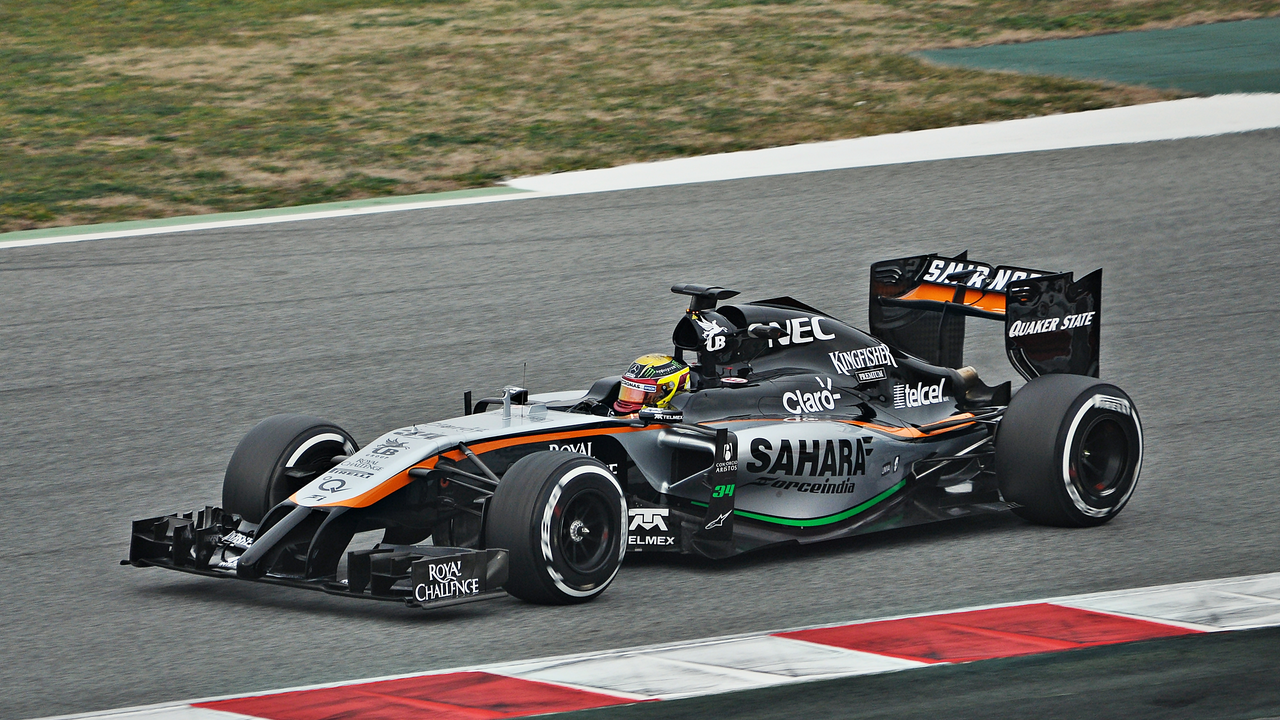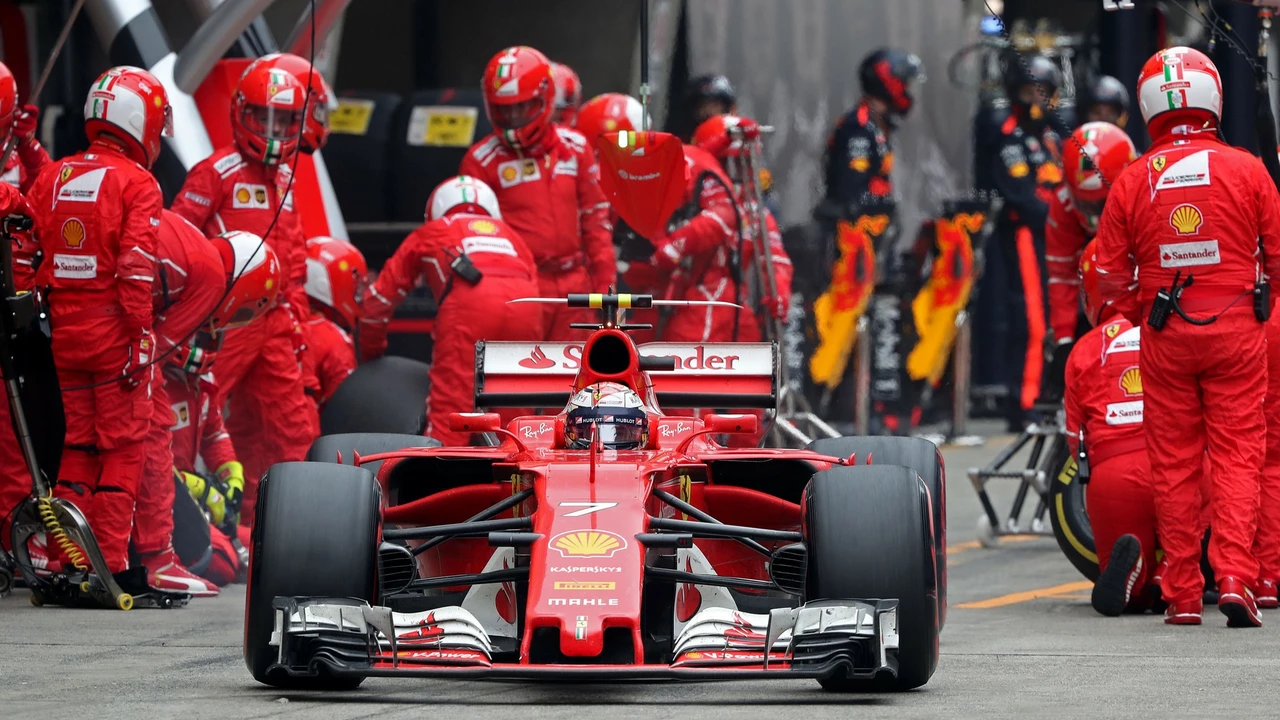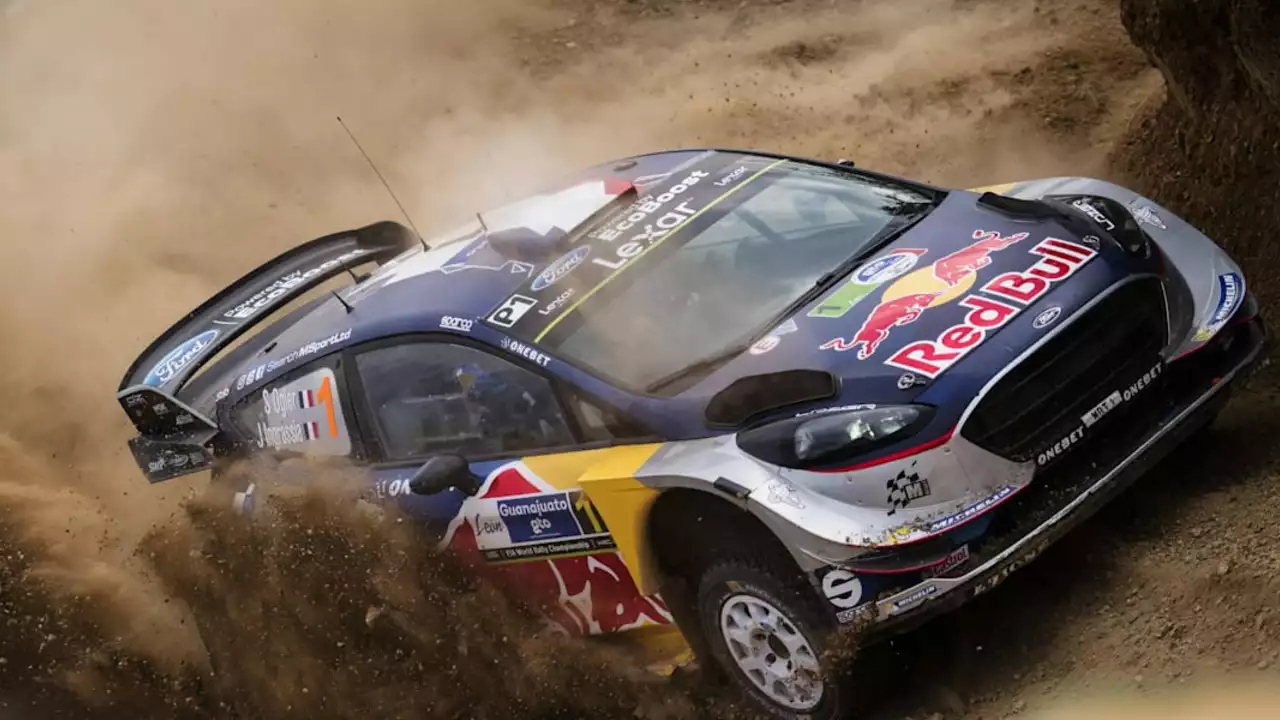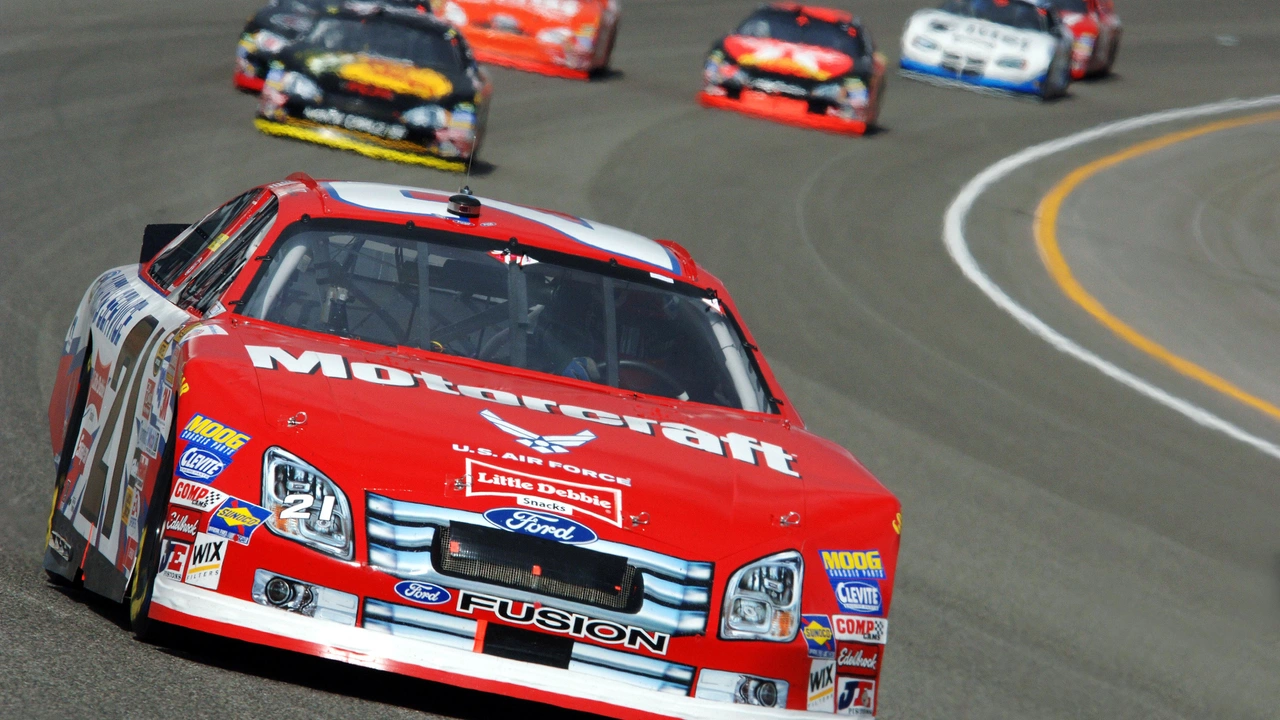July 2023 Motorsport FAQs – What Fans Asked and Got Answered
July was a busy month at Motorsport Memories UK. Readers sent in real‑world questions, and we gave straight‑to‑the‑point answers. Below you’ll find the most‑read topics, from why Formula 1 struggles in India to the basics of getting into car racing.
F1 vs IndyCar: Popularity and Pitstop Speed
One big question was: Why isn’t Formula One that popular in India? The short answer is cricket. It dominates the sports conversation, leaving little room for any other competition. Add the high cost of watching and following F1 – tickets, travel, even the TV rights – and you’ve got a niche interest rather than a mainstream craze. Indian roads are already a chaotic scramble, so many fans feel they get their dose of speed just by driving daily.
Another hot topic compared pitstop times. Why are IndyCar pitstops slower than F1? IndyCar still refuels during a stop, which alone adds a few seconds. Their crew uses hand‑held pneumatic jacks, not the fully hydraulic systems F1 teams rely on. Plus, IndyCar crews are smaller, and the cars have larger lug nuts and tires that need extra handling. All those quirks add up, making an IndyCar stop a touch more methodical.
Getting Started in Car Racing and the Most Popular Auto Sport
If you’ve ever dreamed of going over the line at a race track, you asked, How do I get into car racing? First, decide which discipline vibes with you – sprint, touring, single‑seaters, you name it. Then, get a medical check to clear you for high‑G forces. Enroll in a reputable racing school; they’ll teach you car control, racing lines, and safety. After that, apply for a racing license from your national motorsport authority. Finally, invest in proper gear (helmet, suit, gloves) and a suitable car. Start in local club races, learn the ropes, and work your way up.
People also wanted to know which type of auto racing draws the biggest crowd worldwide. The clear winner is Formula 1. It’s called the pinnacle of motorsport because of its blend of cutting‑edge tech, global reach, and star‑studded drivers. Fans tune in for the speed, the strategy, and the drama of championship battles. If you’re looking for the most recognizable racing series, F1 is the one to follow.
In short, July’s questions gave us a chance to crack open the why’s and how’s of modern motorsport. Whether you’re curious about cultural barriers, technical differences, or how to start a racing career, we’ve laid out the basics. Keep the questions coming – the track is always open for fresh topics.
Why is Formula One racing not very popular in India?
Well, folks, Formula One racing in India is like me trying to cook, it doesn't quite catch fire! The main reason is cricket's monstrous popularity, which makes other sports seem like ants at a giraffe party. Plus, F1 racing is as costly as a Bollywood movie production, but without the song and dance. It’s a pricey passion, folks! Lastly, our roads are already like a Formula One circuit, with all the dodging and weaving we do, who needs to watch it on TV? So, while we love our thrills and chills, F1 racing just hasn’t revved up India's attention...yet!
Why are Indycar pitstops slower than F1 pitstops?
Indycar pitstops often seem slower than F1 pitstops due to a variety of factors. Firstly, the refuelling process included in Indycar pitstops adds extra time. Furthermore, the mechanics in Indycar use hand-held pneumatic jacks, rather than the built-in hydraulic jacks used in F1, which also adds a few crucial seconds. Additionally, IndyCar teams are made up of fewer crew members, which can slow down the process. Lastly, the design of the cars themselves, including tire sizes and lug nuts, can also contribute to the longer pitstop times in Indycar.
How do I go about getting into car racing?
Getting into car racing involves a series of steps that include understanding the type of racing that you're interested in, getting a physical to ensure you're fit for the sport, and enrolling in a racing school to learn the ropes. You'll also need to obtain a racing license from a recognized motor sport authority. Finally, investing in the right gear and a suitable vehicle is essential, followed by finding races to participate in, and practicing regularly to hone your skills. Remember, it's important to start small and gradually work your way up as you gain experience.
What is the most popular type of auto racing?
From my research and observations, it's clear that Formula 1 racing holds the crown as the most popular type of auto racing worldwide. Sometimes called the pinnacle of motorsports, it's revered for its high speeds, technological sophistication, and international appeal. Passionate fans from all over the globe closely follow the thrilling action, cheering for their favorite drivers and teams. This high-octane sport not only offers adrenaline-pumping excitement but also engages viewers with its strategic intricacies. So, if you're looking to dive into auto racing, Formula 1 is a great place to start.



